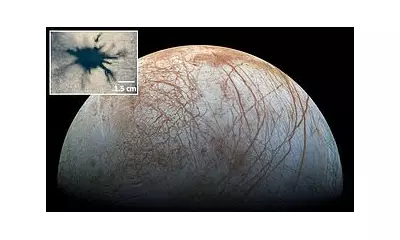
In a historic moment for astronomy, Professor Michele Dougherty has been named the first female Astronomer Royal, breaking a 350-year tradition of male appointments to the prestigious position.
The renowned planetary scientist, best known for her groundbreaking work on the Cassini mission to Saturn, will take up the honorary role previously held by luminaries such as Sir Martin Rees and Lord Rees of Ludlow.
A Trailblazer in Space Science
Professor Dougherty's appointment comes as recognition of her extraordinary contributions to planetary science. As principal investigator for Cassini's magnetometer instrument, she played a pivotal role in discovering that Saturn's moon Enceladus has geysers erupting from its icy surface - a finding that transformed our understanding of potentially habitable worlds in our solar system.
Breaking the Glass Ceiling
The Astronomer Royal position, established in 1675 by King Charles II, has traditionally advised the monarch on astronomical matters. While the role is now largely ceremonial, it remains one of the most prestigious appointments in British science.
'This appointment sends a powerful message to young women considering careers in STEM fields,' said Professor Emma Bunce, President of the Royal Astronomical Society. 'Michele's achievements demonstrate that the highest echelons of science are open to all.'
Continuing a Legacy of Discovery
Currently heading Imperial College London's space physics research group, Professor Dougherty continues to push boundaries in space exploration. Her team is developing instruments for upcoming missions to Jupiter's icy moons, searching for conditions that might support life.
The new Astronomer Royal has pledged to use her position to champion diversity in astronomy and promote public engagement with science. 'The universe belongs to everyone,' she remarked during the announcement, 'and we need all kinds of minds to unravel its mysteries.'





